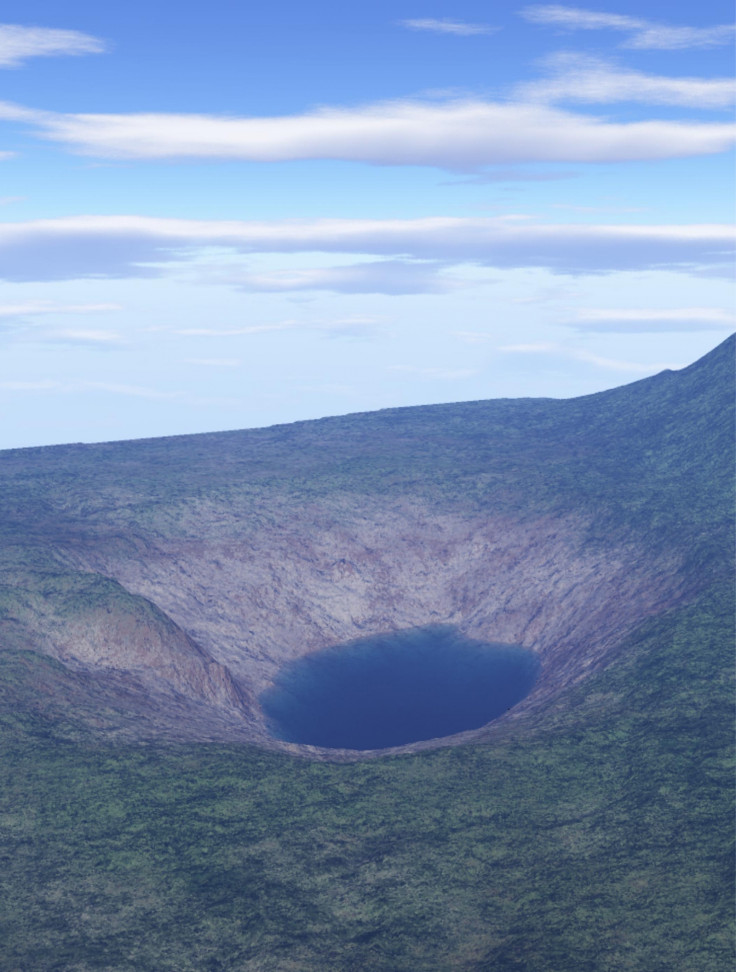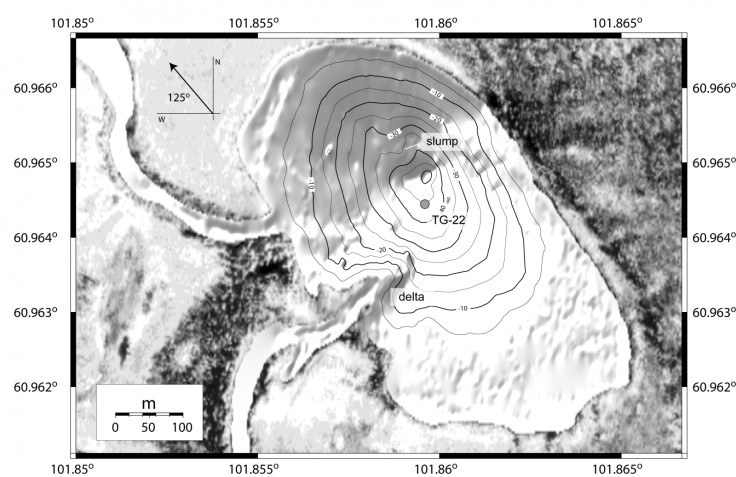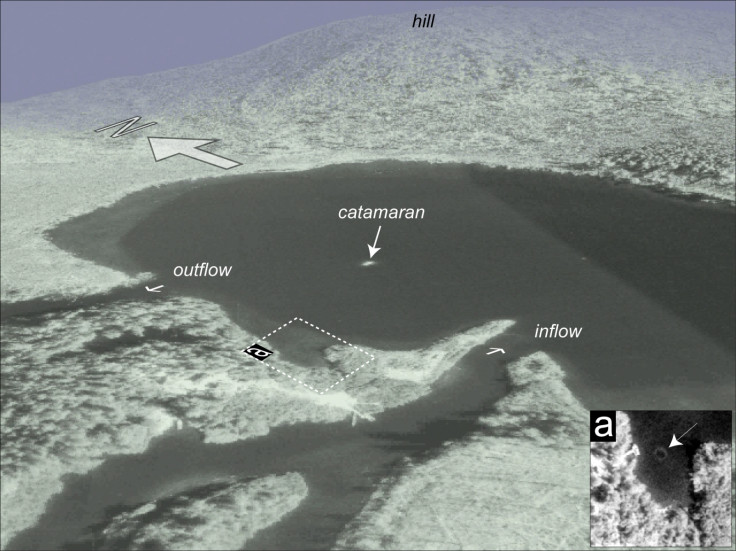Russian scientists attempt to solve mystery surrounding Lake Cheko in Siberia
Years of controversy surround Lake Cheko and arguments it was formed by 1908 Tunguska event.
Lake Cheko is a small lake, about 350 metres across and 700 metres long. It is a fairly ordinary looking lake but is has been at the subject of controversy for many years, with its location putting it at the centre of a scientific puzzle.
The lake lies about 8 kilometres away from the suspected epicentre of the Tunguska event on 30 June 1908 in Siberia. The event was enormous explosion that could be seen across the skies from Europe to Central Asia. The energy released in the explosion is estimated to have been equivalent to around 30 megatonnes of TNT detonating.
The incident is thought to have been a large meteorite exploding in Earth's atmosphere. Scientists have speculated whether shards of the meteorite may have made it to the surface and left impact craters.
Lake Cheko was identified as one candidate for an impact crater 10 years ago. In 2007, a team of scientists from the University of Bologna, Italy, first proposed in the journal Terra Nova that Lake Cheko had been formed from a meteorite fragment.
This finding had already been briefly considered and dismissed by a Russian expedition about 50 years earlier. But study author Luca Gasperini and his colleagues argued that the lake's funnel-like shape and the structure of its sedimentary deposits suggested it had all the hallmarks of an impact crater. The lake was formed when water filled the crater made by a 10m fragment that survived the journey through the atmosphere, they argued.
This was in turn disputed in a 2008 comment article in the same journal by another group of scientists led by Gareth Collins at Imperial College London in the UK. They argued the shape of the lake's basin did not resemble other impact craters on Earth of a similar size. There was also another clue from the trees surrounding the lake, they said.
A total area of about 2,000 square kilometres of the Siberian forest had been devastated by the 1908 blast. The trees in the area had been flattened, and even today are still at an angle pointing away from the epicentre of the Tunguska event.

But next to Lake Cheko there were mature trees growing straight. This made it very unlikely that there had been a secondary blast in the area to form the lake, Collins argued.
Russian scientists have now completed an expedition to take further sediment samples from the lake to determine its age. The Russian Geographical Society said in an announcement that a team based in Siberia had found evidence that the lake was at least 270-years-old, although the results have not been peer-reviewed or published yet.
The team, led by Denis Rogozin, senior researcher at the Krasnoyarsk Scientific Center of the Russian Academy of Sciences, is currently preparing its findings for review. If the results are found to be valid, they would add another layer to the evidence suggesting Lake Cheko had nothing to do with the blast.

"The Tunguska event was in 1908, therefore if the lake were a meteorite impact it would have an age of 2016 minus 1908, which is 108 years," Rogozin told IBTimes UK.
Rogozin and his team claim to have found that the lake is much older than the event, by analysing sediment cores taken from the deepest part of the lake, close to its centre. He said the team used 137-caesium and 210-lead isotope dating combined with visual analysis of sediment layers, or varves.
"We have not determined the total age of Lake Cheko, we have determined the age of deepest part of 120 cm-long sediment core," Rogozin stated. "Because three independent methods give the same estimate we are sure that the age of the core is about 270 years. Thus, the lake is surely older than 270 years."
However, Gasperini and his colleagues also used 137-caesium and 210-lead dating to try to date the sediments but found no conclusive results as to the age of the lake, but said that the sediments supported their hypothesis that the lake is an impact crater from the 1908 event.

"The problem is that only using the isotopes – we carried out measures on several cores – interpolating linearly towards the past, no one could really understand what the lake sediments tell us about their age and the lake's origin," Gasperini said. "The problem is more complex. We tried to explain our point in several papers – some of them with question mark in their titles – and we are happy that someone is trying to test what we have found."
Gasperini said that he was curious to see the Russian team's results when they are eventually published. "We were always open to discussion," he said.
Even if the Russian team's results are found to be valid after they have been scrutinised, they are only attempting to find out the age of one part of the lake. The origin of Lake Cheko and its absolute age will remain yet another mystery to be solved.
© Copyright IBTimes 2025. All rights reserved.






















